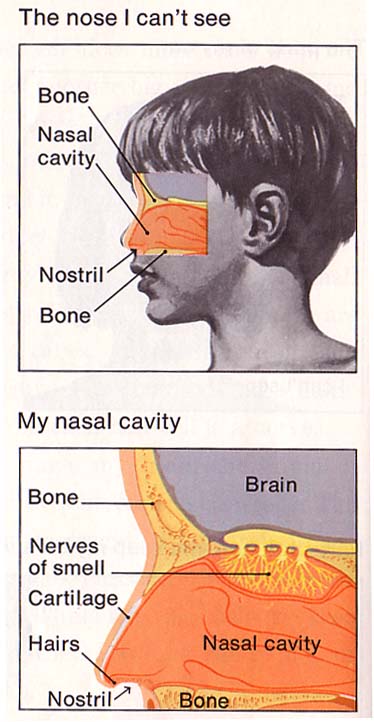A new study published in the British Medical Journal determined that the primary organ of fat removal in the body is the lungs. (1)
In fact, according to the study, when 10kg of fat in the form of triglycerides is lost, 8.4kg of that fat is exhaled through the lungs.
Triglycerides are the type of fat stored on the body that is carried into the blood by the foods we eat.
Triglycerides are made up of carbon, hydrogen and oxygen—simple right?
When fats break down, the hydrogen and oxygen combine to form water (H2O), which is excreted through the urine, sweat, and feces. The remaining carbon is breathed out of the body as carbon dioxide (CO2). (1)
Interestingly, four fifths of the triglyceride molecule is broken down into carbon dioxide, and only one fifth is broken down into water. This leaves the lion’s share (four fifths) of the body’s fat to be removed by breathing out CO2. (1)
There is no doubt that deep exhalations during exercise play an important role in the removal of CO2.
Improving the efficiency of breathing may play an important role in the excretion of CO2 (fat) during exercise.
How It Works
Broken down fat is exchanged in tiny sacs in the lung tissue called aveoli, and breathed out of the body as CO2. It is a textbook fact that the lungs are gravity fed, which means most of the blood needed to remove the CO2 sits down in the base or the lower lobes of the lungs. (2)
Therefore, it makes sense that if one could breathe more deeply into the base of the lungs, they would better access the blood-rich lung tissue and release CO2 as waste more efficiently during exhalation. While more research needs to be done, there are studies that have measured the amount of CO2 released through the lungs comparing nose and mouth breathing. (3)
Studies have shown that there is a significant increase in CO2 released during nose breathing compared to mouth breathing. (3)
These findings suggest that by breathing through the nose, both at rest and during exercise, more CO2 would be expelled (exhaled), and the removal of fat in the form of broken down triglycerides would be significantly increased. (3)
Nose breathing exercise, which is the premise of my book, Body, Mind, and Sport, is based on the principle that nose breathing differs greatly from mouth breathing. The major difference is in the engineering of the nasal turbinates that drive inhaled air more efficiently into the lower lobes of the lungs. (4)
Eat Less and Move More
It would be remiss to not mention the fact that breathing out fat as a means to lose weight pales in comparison to cutting the calories we put in. While exercise is essential for health, high-calorie and high-glycemic foods will force the body to store far more triglycerides than we can breathe out in a 24-hour period. (1)
>>> Click here for more research on Nose Breathing Exercise
References
1. http://www.bmj.com/content/349/bmj.g7257
2. http://bja.oxfordjournals.org/content/98/4/420.full
3. http://www.ncbi.nlm.nih.gov/pubmed/3141357
4. Body Mind and Sport. John Douillard. Harmony Books 2000
~
Love elephant and want to go steady?
Sign up for our (curated) daily and weekly newsletters!
Editor: Rachel Nussbaum
Photo: lisadragon/Flickr

 Share on bsky
Share on bsky







Read 1 comment and reply